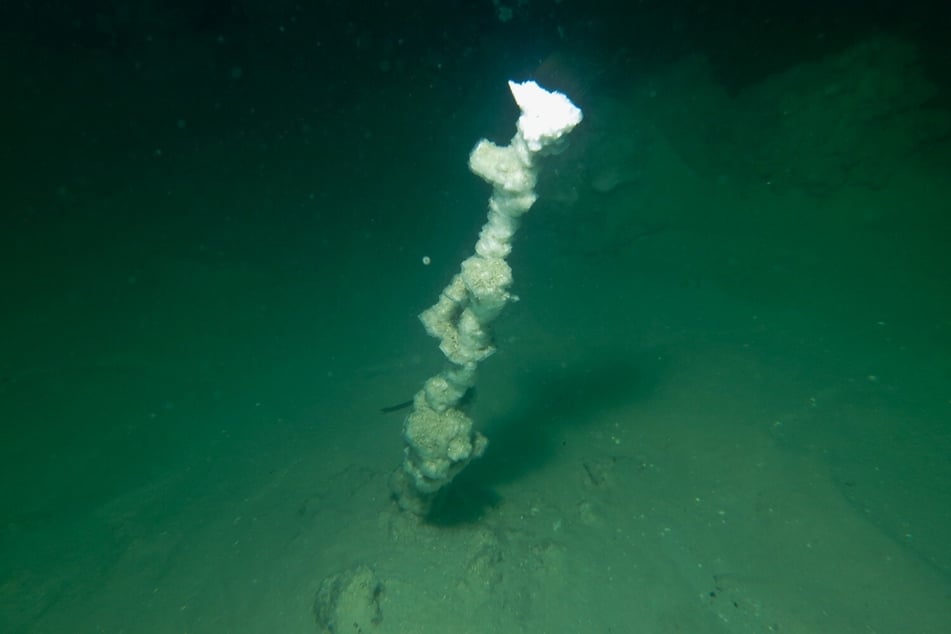Saxon researchers make sensational discovery in the Dead Sea
Leipzig - More than seven meters high and several meters in diameter: Leipzig researchers have discovered huge chimneys in the Dead Sea. It is not smoke that is rising from them, but a salty liquid.

The Dead Sea has a salt content of around 30 percent - but in some parts of the salt lake, special salty water also flows out of the ground. Metre-high chimneys form there because minerals crystallize immediately from the extremely salty groundwater, as researchers from the Helmholtz Centre for Environmental Research (UFZ) in Leipzig have discovered.
The vents, known as "white smokers", are an important early warning indicator for collapse craters, explained the UFZ. These craters form in the vicinity of the Dead Sea and are a danger to the population.
As the research team reports in the journal "Science of the Total Environment", the vents have formed wherever the land surface subsequently sank over a large area.
According to the UFZ, the Dead Sea has been sinking by around one meter per year for more than 50 years because it is cut off from important tributaries and is losing a lot of water through heavy evaporation due to drought and heat.
The water level is currently around 438 meters below sea level. According to the researchers, this means that the riparian states are finding it increasingly difficult to access groundwater resources.
Chimneys in the Dead Sea can predict areas at risk of collapse

The scientists discovered that highly saline groundwater flows out through the vents at the bottom of the lake.
"As this brine has a slightly lower density than the water in the Dead Sea, it rises upwards like a jet. It looks like smoke, but it is a salty liquid," explained UFZ hydrogeologist Christian Siebert. Some of these vents are more than seven meters high and have a diameter of two to three meters.
The "white smokers" make it possible to predict very well which areas are at risk of collapse in the near future, explained Siebert.
The chimneys could be mapped very precisely using autonomous watercraft. "This would be the only and at the same time very efficient way of identifying regions that are on the verge of collapse as acutely endangered," emphasized Siebert.